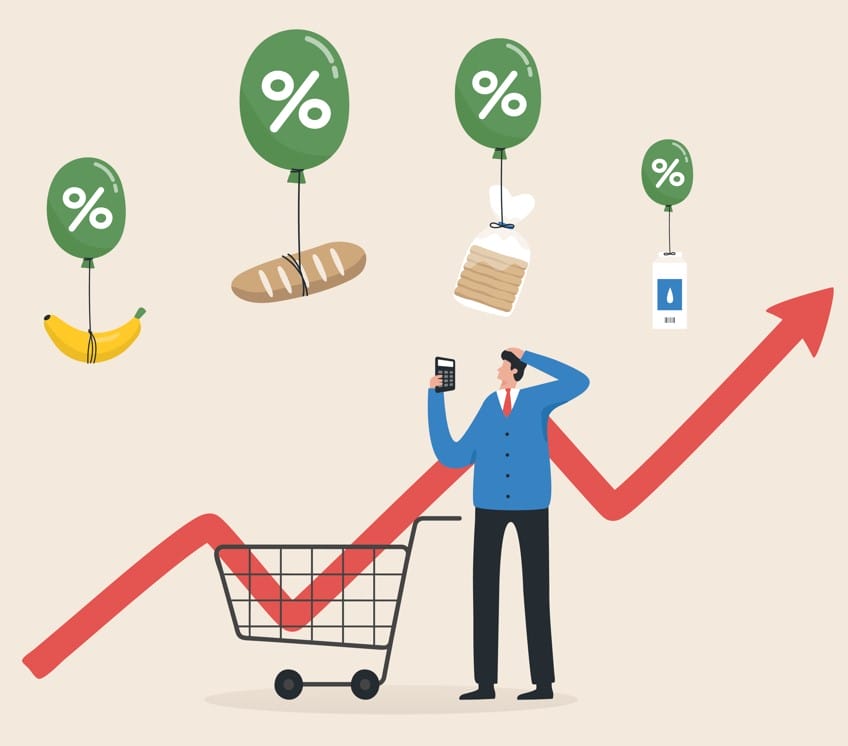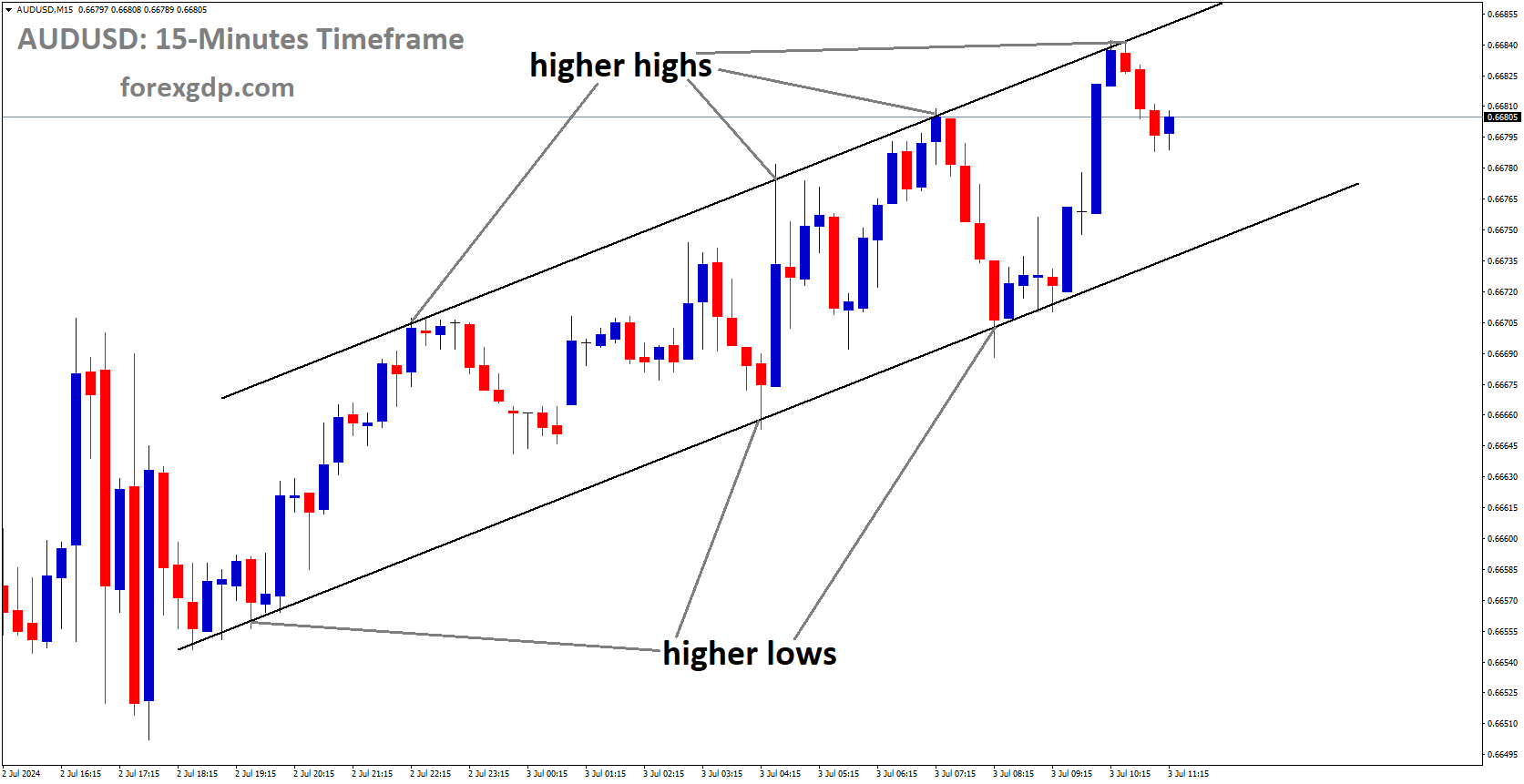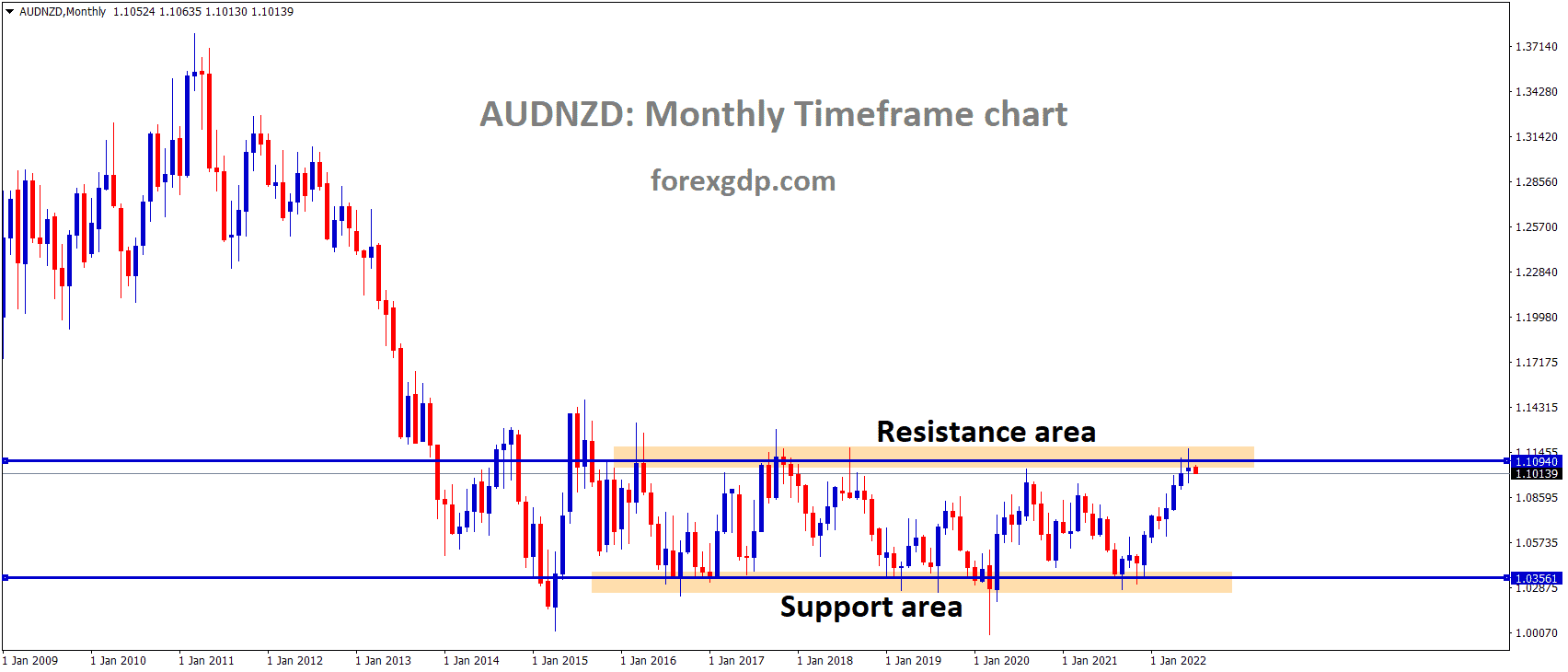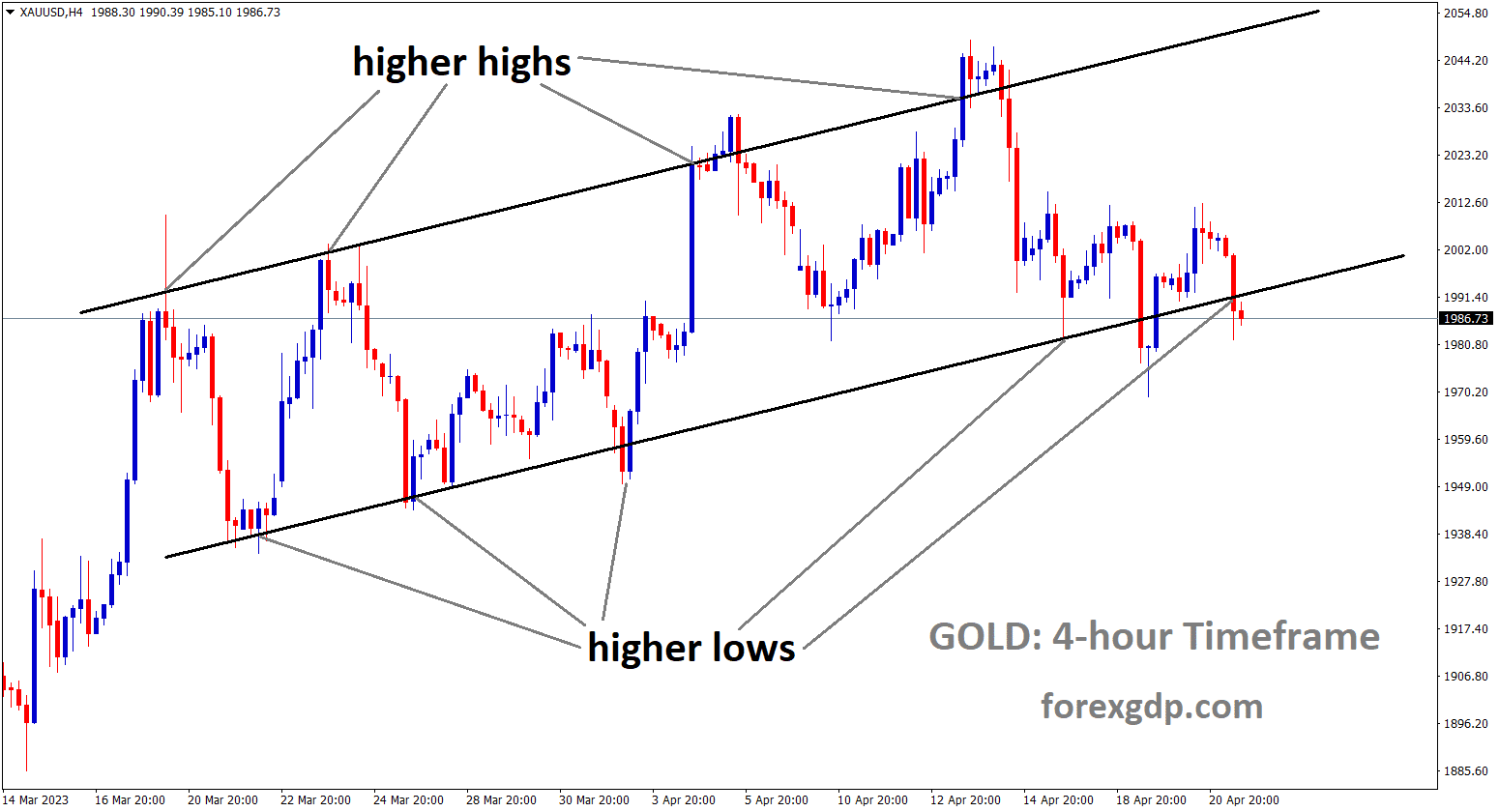In November, the Canadian Consumer Price Index (CPI) remained steady at 3.1%, matching the October figure. The Canadian Dollar responded positively to this encouraging data release.
Consumer Price Index Remains Steady
Statistics Canada recently released data showing that the Consumer Price Index in Canada continued its upward trend, rising by 3.1% on a year-over-year basis in November.
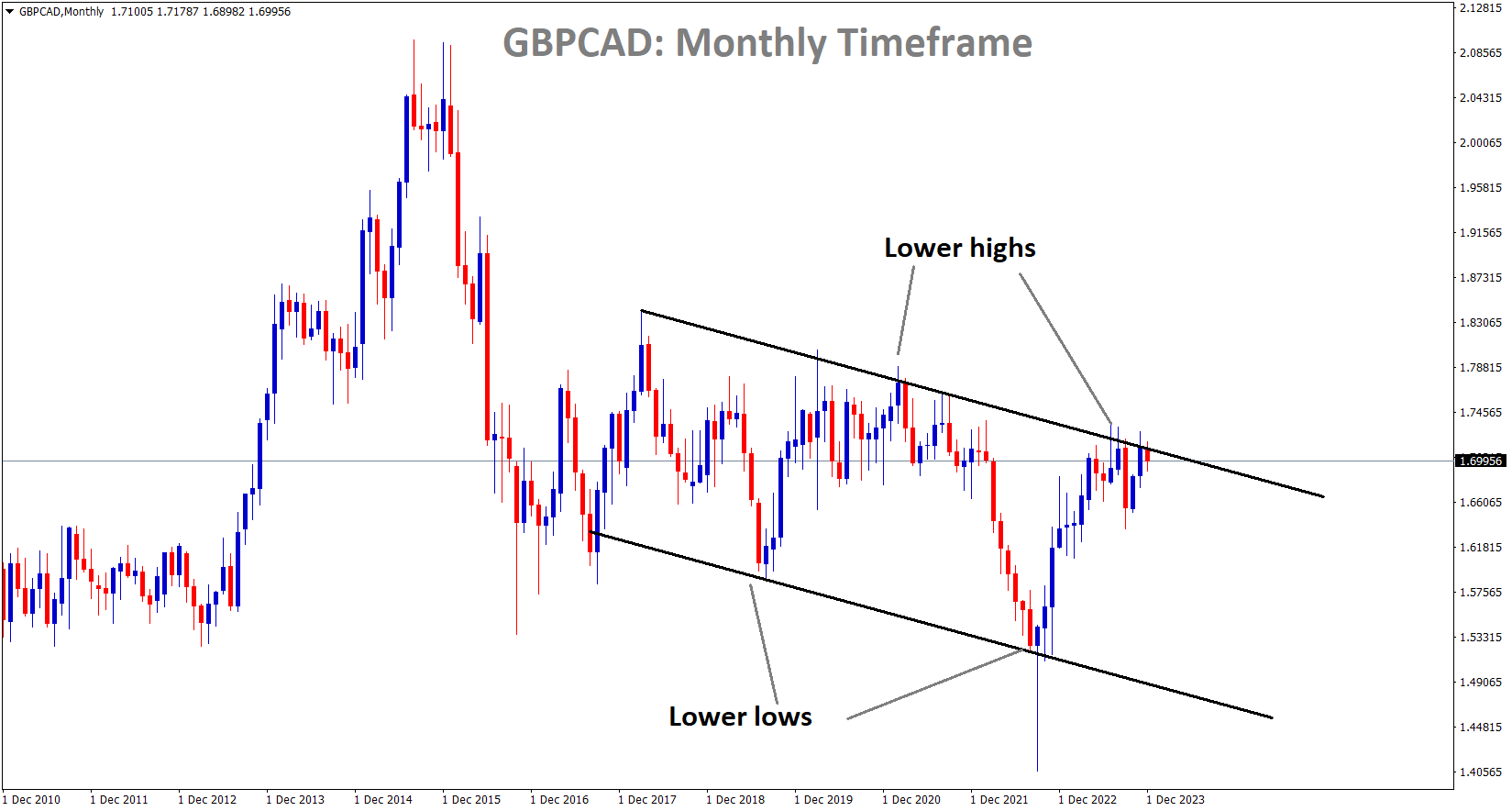
This figure mirrored the 3.1% increase seen in October, surpassing the market consensus of 2.9%. On a monthly basis, the CPI in November increased by a modest 0.1%, contradicting expectations of a 0.2% decline and matching the growth recorded in the previous month.
Core CPI on the Rise
The Core CPI, which excludes volatile items, increased by 0.3% in November. Additionally, the Bank of Canada’s (BoC) CPI Core saw a monthly increase of 0.1% and a year-over-year rise of 2.8%, slightly exceeding the 2.7% recorded in October.
Industrial Product Prices and Raw Materials
In contrast, the Industrial Product Price Index (IPPI) showed a smaller-than-expected decline of 0.4% in November, compared to the anticipated 0.8% drop. On the other hand, the Raw Materials Price Index (RMPI) witnessed a more significant decline, falling by 4.2% in November, surpassing the predicted 3.5% decrease.
Market Reaction and Bank of Canada’s Stance
The unexpected stability of Canada’s annual inflation rate at 3.1% in November has prompted speculation among market participants about the Bank of Canada’s future interest rate decisions. Analysts previously forecasted a decrease in inflation to 2.9% from October’s 3.1%. The acceleration in travel tour prices offset slower growth in food prices, cheaper cellular services, and fuel oil, contributing to the steady inflation rate.
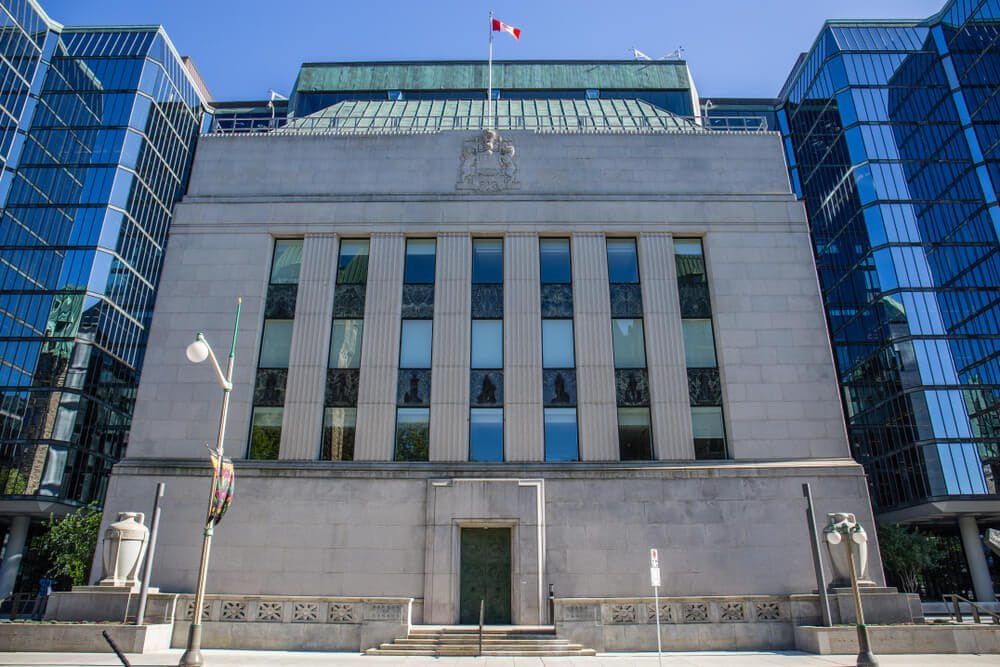
As a result, money markets have adjusted their expectations for monetary policy easing, with the likelihood of a rate cut in the next month decreasing from 21.4% to 16.0%. However, market expectations still anticipate the central bank to initiate easing, possibly beginning in April.
Michael Greenberg, Senior Vice President and Portfolio Manager at Franklin Templeton Investment Solutions, noted, The November release suggests those rate cuts are still a little bit of a ways off, and the market might be getting ahead of itself a little bit.
Currency and Core Inflation
The release of this data had a notable impact on the Canadian dollar, which appreciated by 0.3% to C$1.3351 against the U.S. dollar, up from C$1.3376. On a month-over-month basis, the consumer price index defied expectations of a 0.1% decline by maintaining a 0.1% increase.
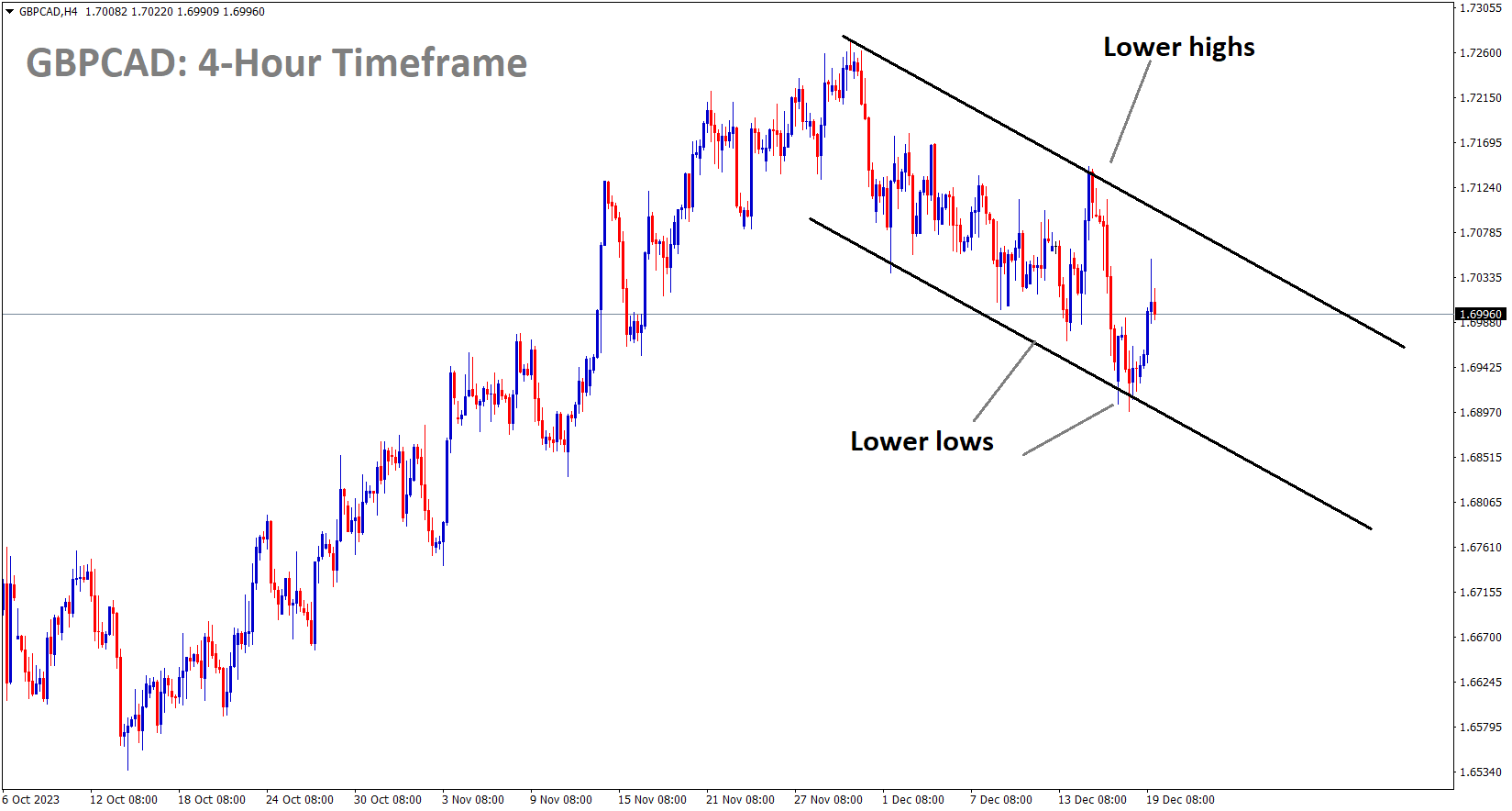
The BoC’s core inflation measures, CPI-median and CPI-trim, also remained stable at 3.4% and 3.5%, respectively.
Bank of Canada’s Future Moves
Bank of Canada Governor Tiff Macklem hinted in an interview that the central bank could consider cutting interest rates next year if core inflation aligns with predictions. High increases in mortgage interest costs and rising rent, up 30% and 7.4%, respectively, significantly contributed to the persistent inflation rate.

The central bank has kept its key interest rate at a 22-year high of 5% in its recent policy meetings, emphasizing that it is too soon to discuss rate cuts. The next rate announcement from the central bank is scheduled for January 24.
Long-Term Outlook and Factors Impacting Inflation
Royce Mendes, Head of Macro Strategy at Desjardins, commented, “Today’s report represents less progress in taming inflation than we had expected. Bond yields are rising as some of the most aggressive bets on rate cuts are getting pared back.” Desjardins retains its forecast that the Bank of Canada may start trimming rates in April 2024.
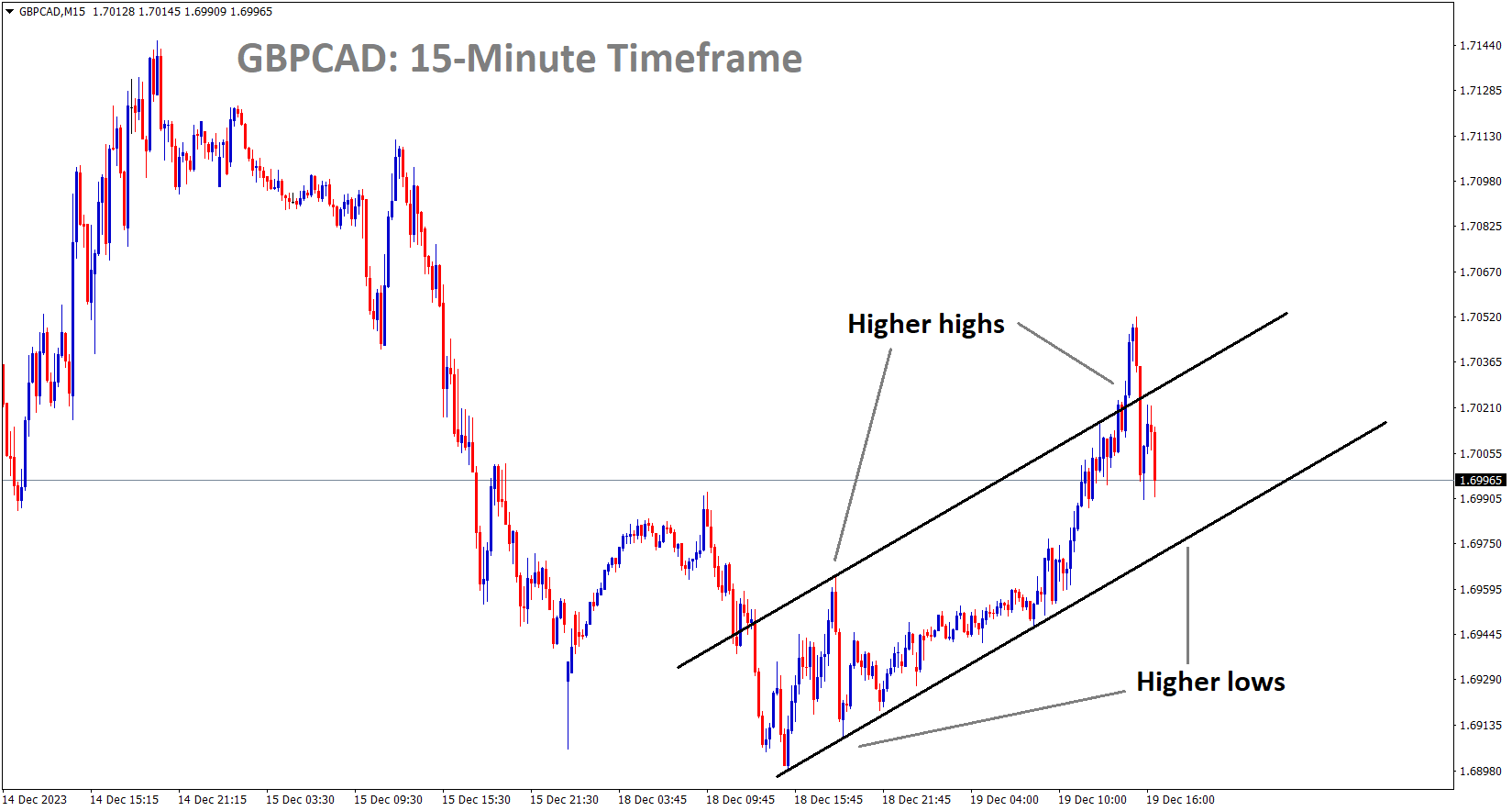
GBPCAD is moving in an Ascending channel and the market may be move up to 1.7050-1.7100 area is possible.
In November, food purchased from stores experienced a 4.7% price increase, showing a slowdown from the 5.4% growth observed in October. Meanwhile, energy prices fell by 5.7%, compared to a 5.4% decline the previous month. Excluding volatile food and energy items, prices rose by 3.5% year-over-year, slightly exceeding the 3.4% rise recorded in October.
Don’t trade all the time, trade forex only at the confirmed trade setups.
Get more confirmed trade setups here: forexgdp.com/buy/

